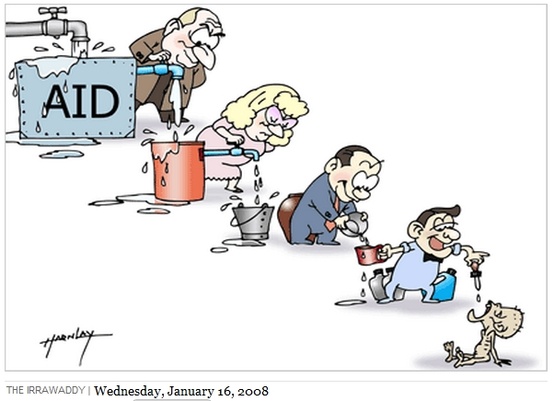Guest Lecture Insight
I found that I was most inspired and informed by Jung Ha-Brookshire and Nick Monaco’s lectures. I honestly don’t recall Dr. Brookshire’s lecture detail for detail. I just recall being very motivated during her lecture and thinking about how she genuinely cared for topics and how it was displayed through her mannerisms and tones. Dr. Brookshire spoke of sustainability amongst several countries throughout her conversation. Nick Monaco’s lecture touched on the use of bots throughout politics and propaganda, as well as their role in state sponsored trolling. He mentions how we deal with bots on the daily and how exactly we interact, or rather, how they interact with us. He states that there are several different kinds of bots within these categories. Most collect information and intelligence, some crash sites, and some even amplify messages. These bots are more commonly known for their utilization in the 2016 U.S Presidential election, however, they have been utilized in several other elections worldwide. Monaco also discusses open source intelligence and the ethics behind the information that is collected and compiled from the public resources they are taken from.
Semester Insight on Laos
Laos is not a country that if we had the choice to decide which country we would have liked to reported on that I would have chosen. I had no idea what or where Laos even was in the world. However, I fairly enjoyed learning about Laos and their sectors, people, government, and culture. This was an immersive project throughout the semester and even though it was difficult to get by at times, it was interesting to view and understand the differences not only between the United States or the western world in general and Laos PDR, but it was also interesting to gain an understanding for the region in which Laos is placed in. The countries that border Laos, although they share common territory, are widely varied in comparison.
I gained knowledge on how Laos is relying on their resources that make up their country to include themselves in the world market. The side effects of this ‘need’ to be included have harmed the country and continues to affect every citizen within its bounds. Deforestation and the use of through damming are vital to their economy. However, the over manufacturing of wood and wood products and the extended use of dams throughout Laos and the lower Mekong River basin that it sits on has caused widespread devastation to areas. This has led to the displacement of thousands, deaths, missing persons, disruption of the ecosystem that people rely on so heavily, and taxing effects on the climate (locally, regionally, and worldwide). I was especially curious to view how exactly these processes have an effect on world global climate and the world trade network that has been established. The laws and policies involved with these processes have not necessarily been forged into the country and its various sectors, causing commotion and loose standards in terms of safety.








